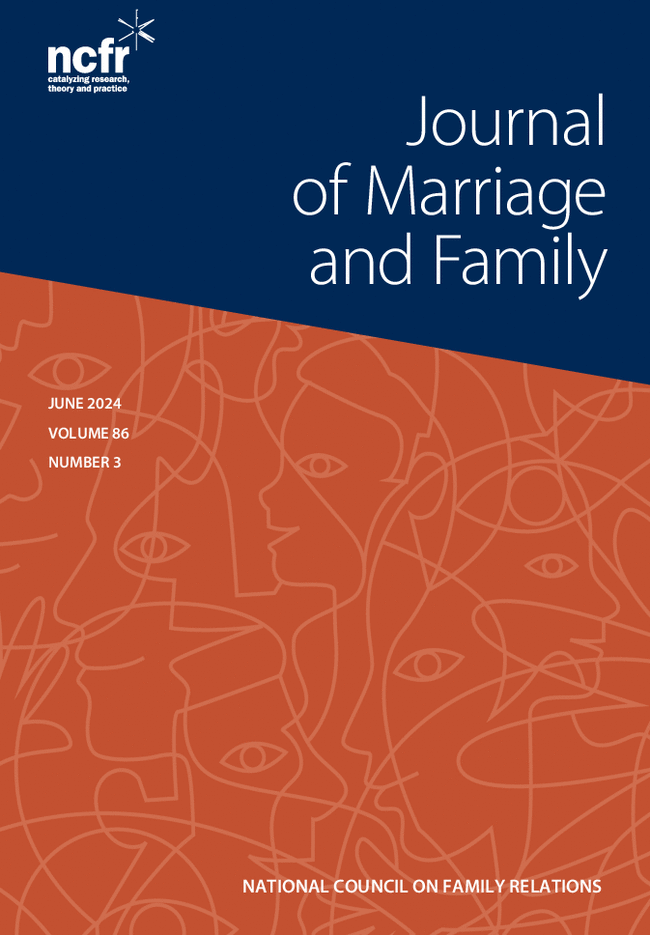Through qualitative in-depth interviews with interracial parents across the United States, this study explores how multiracial families as a unit experience monoracism via racial surveillance, voyeurism, and dissection.
Despite increasing representations of mixed-race families in various media, studies find that many people in the United States assume that family members should phenotypically resemble each other and also represent one obvious racial category. Interracial partners and multiracial families experience the paradox of being both the “ideal” family in a post-racial US society, but also an anomalous family that challenges assumptions about what family is. This study examines two broad research questions: (1) How do interracial parents and their multiracial families experience racism and/or other forms of discrimination? (2) How do families make sense of and respond to these experiences?
This study utilized qualitative in-depth interviews with 19 sets of interracial parents, or 38 individuals, in the US Black-White, Asian-White, and Black-Asian families are included in the sample.
Interracial parents in this study discussed experiencing racial dissection, surveillance, and voyeurism in their daily lives, which the author identified as mechanisms of monoracism. Monoracism, typically studied as an experience of multiracial people, is a form of oppression that targets those who do not fit into one racial category. However, monoracism also impacts multiracial family units. As a result, multiracial families were often prepared to prove their familial bonds, such as through birth certificates, or altered their behavior in public as a means of “performing” family in more obvious ways.
Through a MultiCrit lens, this study reveals how interracial parents and their children experience monoracism. This study extends previous scholarship by exploring how multiracial families as a unit experience and navigate monoracism in their daily lives.


